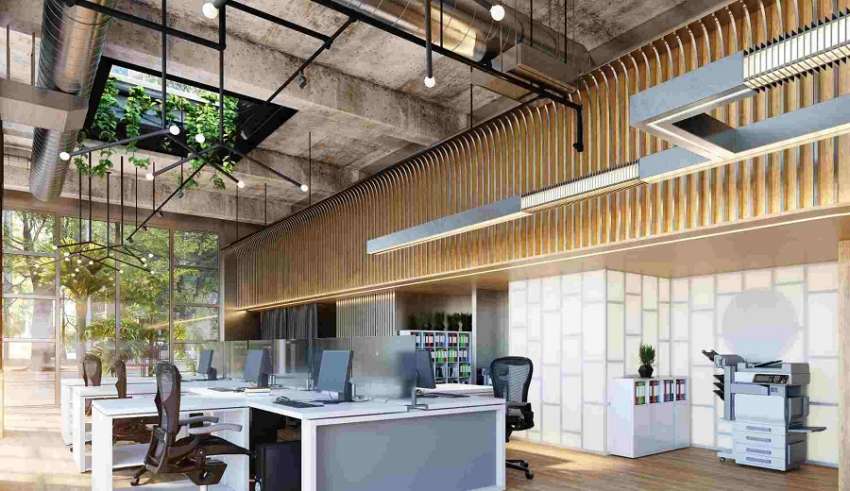
It’s no secret that the environment we spend the majority of our day in can significantly affect our mood, well-being, and productivity. For businesses looking to optimize their work environment, understanding the pivotal role played by interior design is crucial. Gone are the days of dull, lifeless cubicles—creating a vibrant, functional, and inviting corporate space can transform your employees’ performance and overall satisfaction. In this article, we’ll discuss the key elements of workplace interior design and explore how these can be used to improve employee well-being and productivity.
Unlocking the Potential of Corporate Interiors
In recent years, the focus on corporate interiors has grown exponentially, with many businesses investing in creating bespoke workspaces specifically tailored to their team’s needs. A well-designed corporate interior can boost employee well-being and productivity while reflecting the company’s brand and values. The key lies in striking the perfect balance between aesthetics, ergonomics, and functionality.
Factors to Consider When Designing Effective Corporate Interiors
- Ergonomics and Comfort: Prioritizing ergonomics ensures a comfortable, productive work environment for employees. Ergonomic office furniture should cater to the specific needs of individuals, helping them maintain good posture while reducing the risk of musculoskeletal disorders.
- Flexibility and Adaptability: With the evolution of the modern workplace, it’s crucial that office designs adapt to changing demands. Flexible workspaces allow for collaboration, brainstorming, and quiet individual work, depending on the task at hand.
- Natural Elements: Incorporating natural elements, such as greenery and natural light, has been proven to relieve stress, improve mood, and increase productivity. Biophilic design principles that enhance the connection to nature can greatly benefit an office space.
- Brand Identity: A well-designed corporate interior can tell the story of your business and communicate your brand’s identity. By incorporating colors, materials, and design elements that reflect your company’s ethos, you can create a sense of cohesion that fosters pride and loyalty among employees.
Now that we’ve explored the key elements of corporate interior design, we have a better understanding of how creating the ideal work environment can enhance employee well-being and productivity. However, there is a belief that an effective office interior design project requires a massive budget, whereas the reality is that there are many cost-effective ways to create a dynamic and functional workspace.
With little creativity and budget-friendly office interior design ideas, you can create a space that is both aesthetically pleasing and conducive to productivity. From ergonomic furniture to innovative lighting solutions, there are many ways to make small but impactful changes that can have a significant effect on team morale and performance.
The Bottom Line
A well-curated corporate interior can work wonders for the well-being and productivity of employees. From boosting morale to enhancing focus, investing in a strategic and thoughtfully designed workplace should be a top priority for businesses. With the right approach and attention to detail, companies can create an environment conducive to better work, higher job satisfaction, and, ultimately, a more successful business. So, consider reassessing your office design and seize the opportunity to make a positive impact on your team’s overall well-being and productivity.























